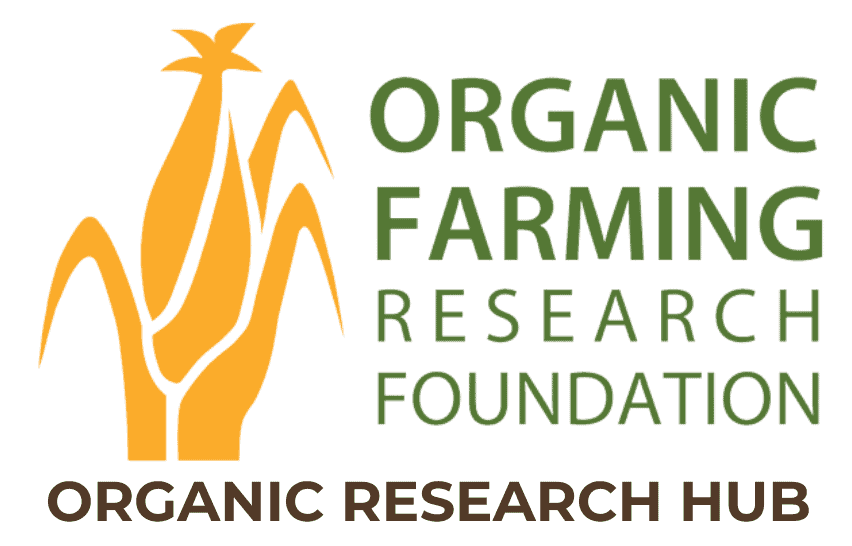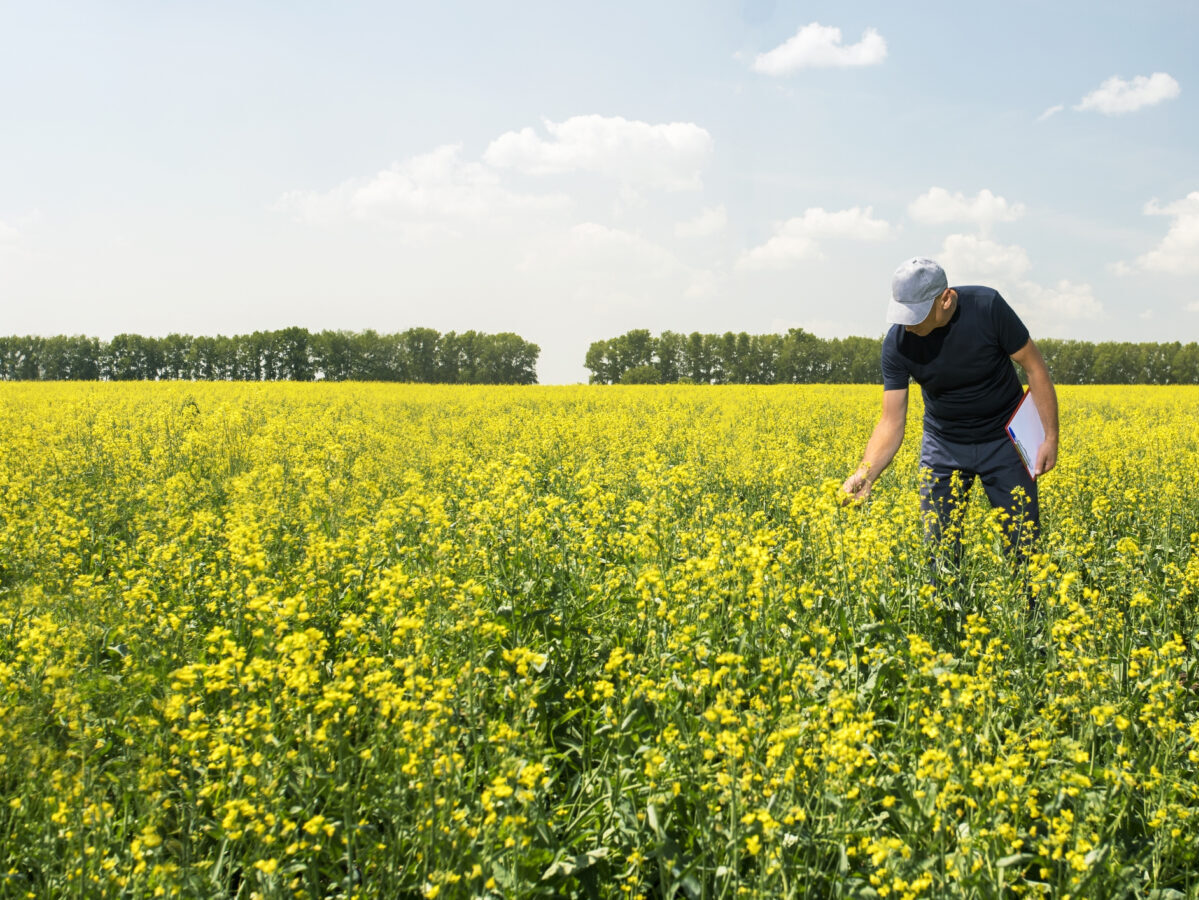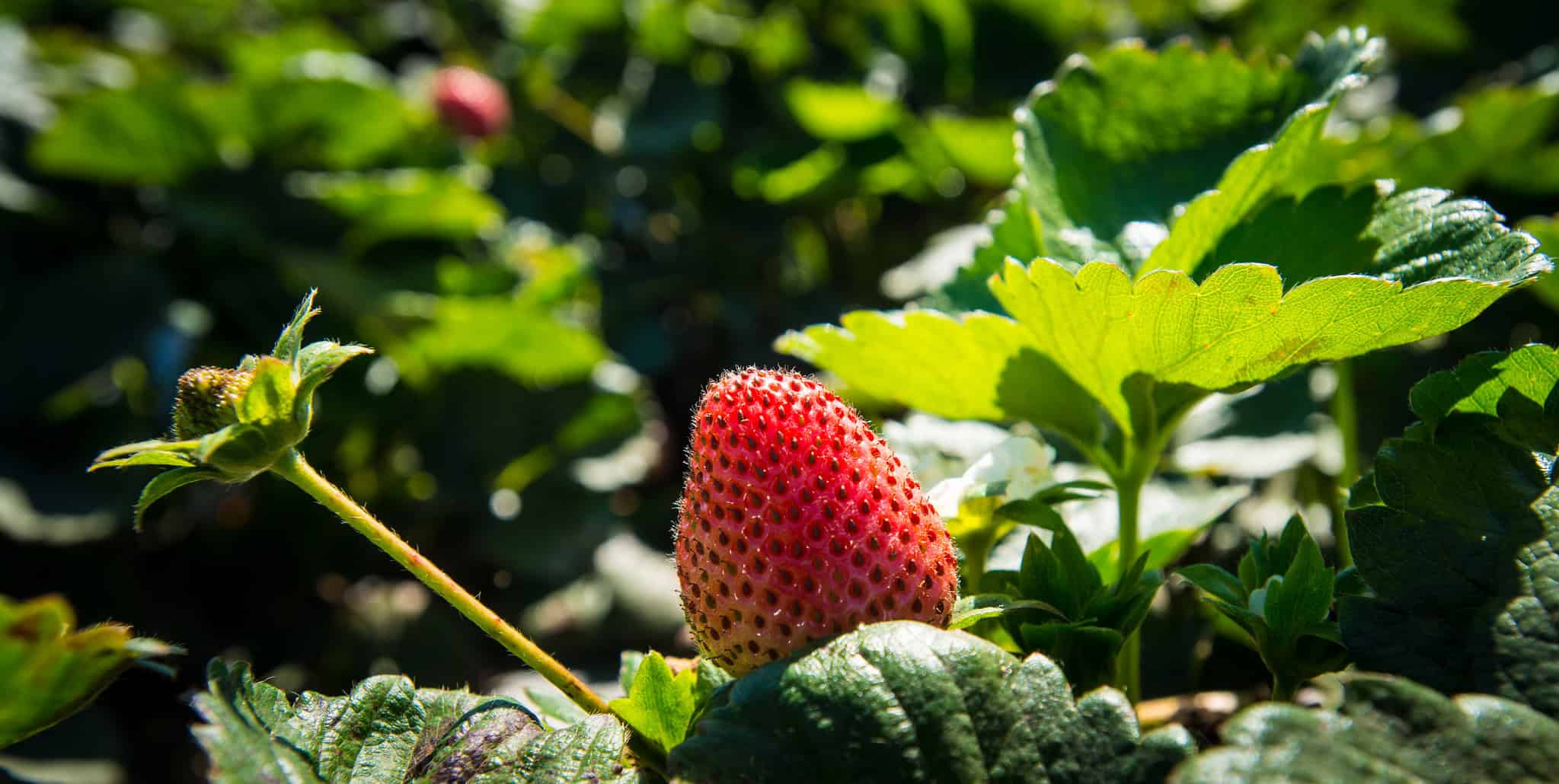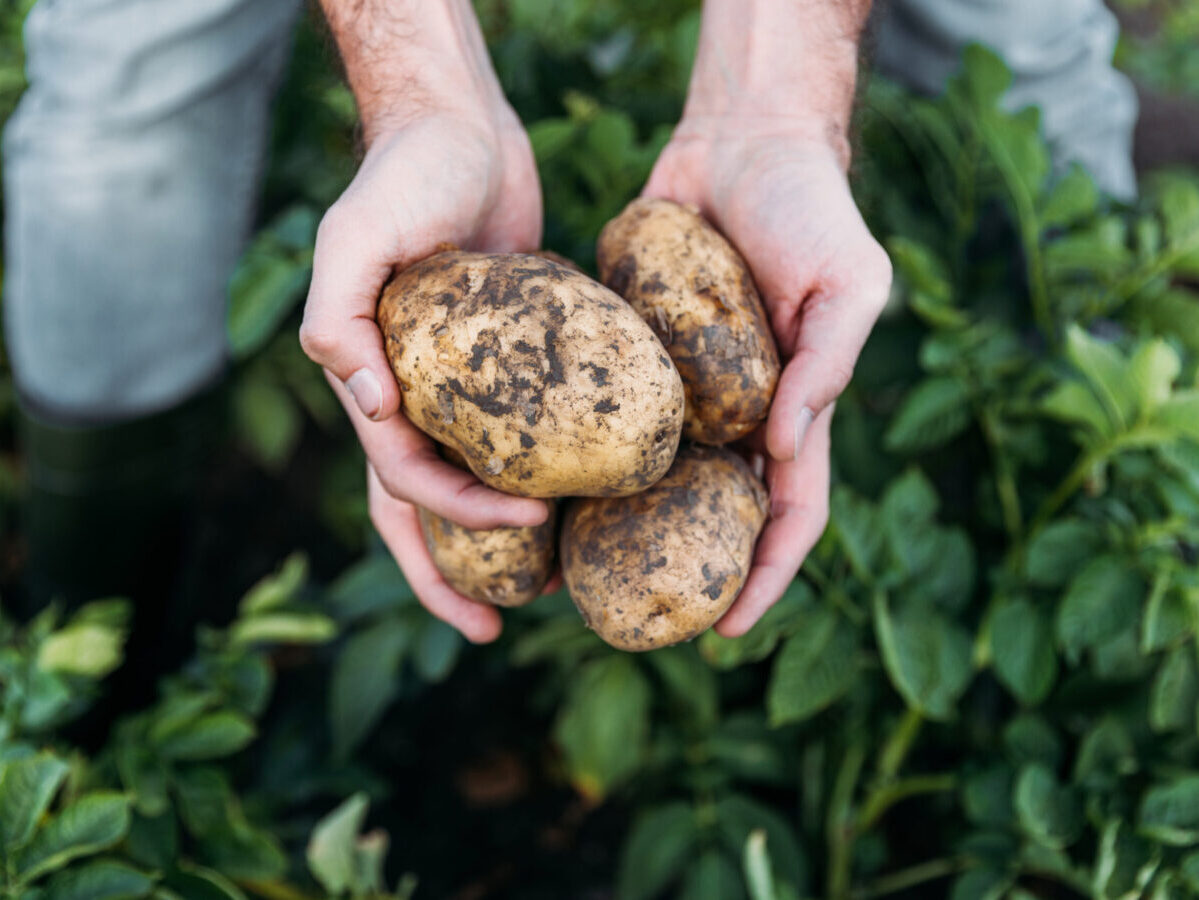Long-Term Vegetable Rotation Systems Using Organic Production Methods and Conservation Tillage
Greg D. Hoyt, North Carolina State University
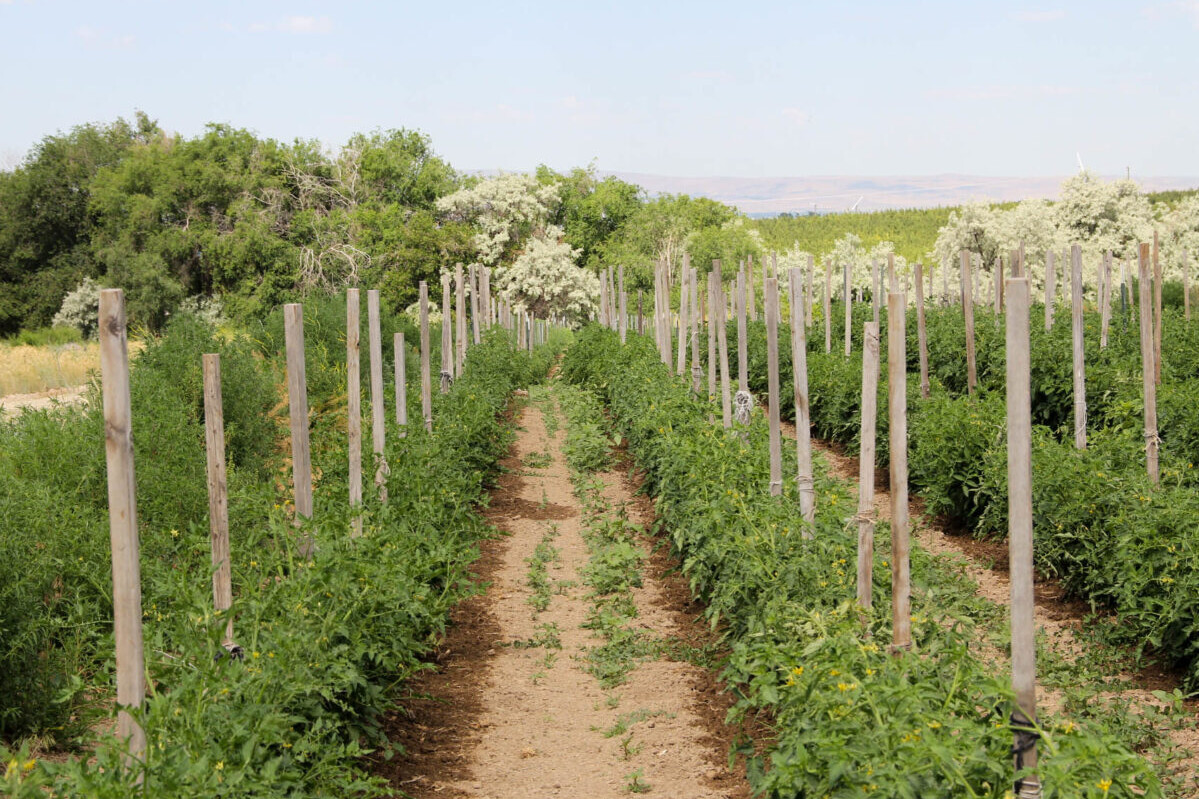
This experiment is a long term study comparing continuous tomatoes with vegetable rotation under five possible production systems to determine which system is most viable for each vegetable commodity produced. Some vegetables in the southeast can be grown easily with organic production methods (sweet corn, cabbage, broccoli, peppers, etc.) but others have numerous problems (foliar diseases in tomatoes) that will require changes in production strategies. By rotating vegetable crops we are able to see which crops also can be grown under conservation tillage. Both tillage cultures will have organic production methods (and traditional chemical methodologies) to further develop understanding of how cultivation or surface residues affect these production systems.
Objectives
Compare conventional tillage with conservation tillage, vegetable crop rotation vs continuous tomato production, and traditional pest management strategies with organic vegetable production for tomato and pepper yield, fruit quality, insect pressure, weed biomass, and plant nutrient cycling. In 2001 tomatoes were grown in the continuous tomato subplots and peppers in the rotated vegetable subplots to determine the best systems for production (previous cropping history will be discussed in the methods section).
Region
Southeast
Topic
Weed Management, Insect/Pest Management, Cropping Systems
Category
Vegetables/Fruits
Date Range
2001-2010
Funding Amount
$5,157
Funding Year
2001Location
Fletcher, North Carolina
Collaborators
James Walgenbach, North Carolina State University
Paul Shoemaker, North Carolina State University
Davis Monks, North Carolina State University
